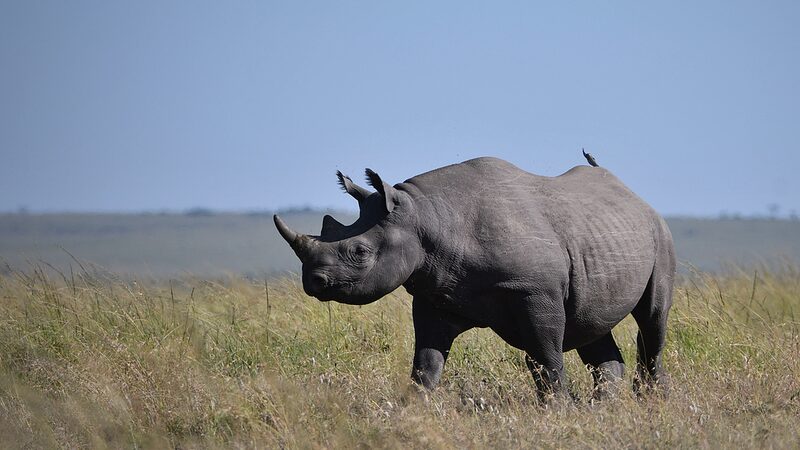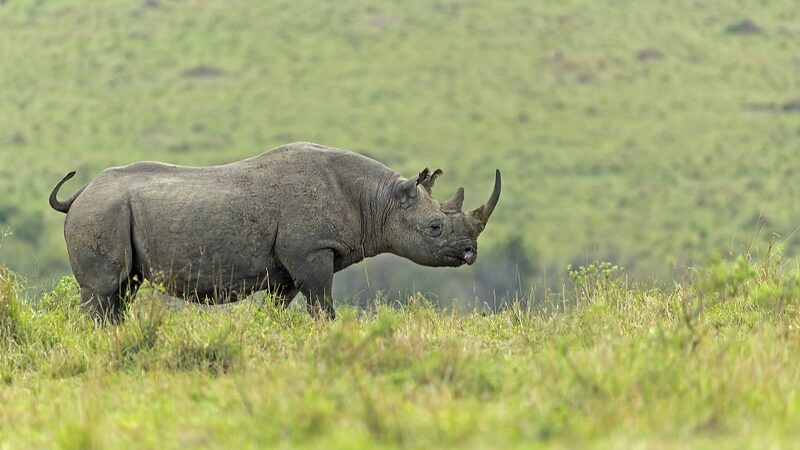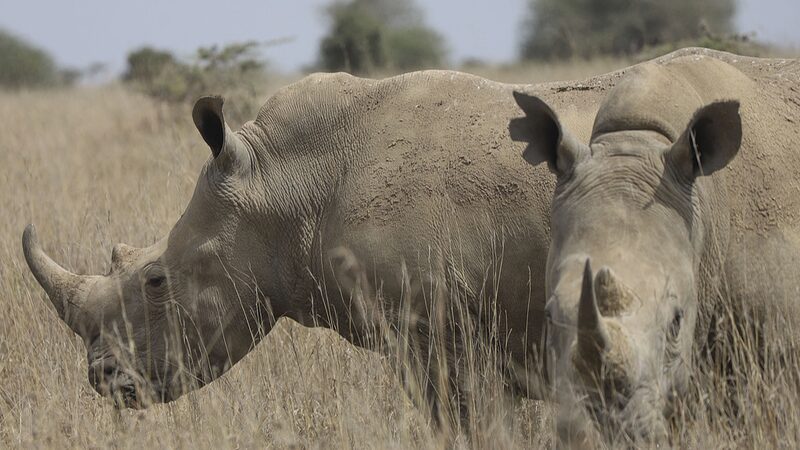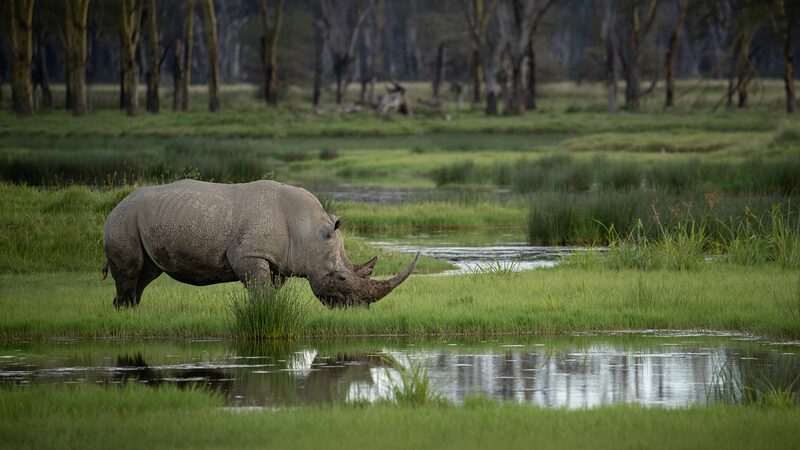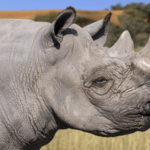Tsavo West National Park, Kenya—In a bold move to enhance wildlife conservation, Kenya on Wednesday launched a rhinoceros ear-notching and transmitter fitting exercise aimed at safeguarding its iconic rhino population.
Rebecca Miano, Cabinet Secretary of the Ministry for Tourism and Wildlife, announced that the initiative will involve ear-notching and fitting transmitters on 20 to 25 rhinos within the Tsavo West Intensive Protection Zone (IPZ). This effort is expected to significantly enhance the traceability and protection of these endangered creatures.
“This exercise demonstrates our unwavering dedication to safeguarding one of the planet’s most iconic and endangered species, the African black rhinoceros,” Miano stated during the launch at Tsavo West National Park, located approximately 250 kilometers southeast of Nairobi.
Advanced Monitoring Techniques
The ear-notching process involves creating unique markings on each rhino’s ears, serving as a permanent method of identification. This aids wildlife officials in monitoring the health and behavior of individual animals. The transmitters fitted to the rhinos will provide crucial data on their movements, enabling informed conservation decisions and effective population management.
Erustus Kanga, Director General of the Kenya Wildlife Service, revealed that the national rhino population currently stands at 1,977 individuals. This includes 1,004 black rhinos, 971 southern white rhinos, and two remaining northern white rhinos.
“Accurate and reliable data is the backbone of effective conservation strategies,” Kanga emphasized. “This exercise will standardize monitoring and improve our ability to protect rhinos across vast, challenging terrains like the Tsavo West IPZ.”
Embracing Cutting-Edge Technology
The initiative will employ advanced technology, including GPS-enabled tracking devices, allowing for near real-time monitoring of the rhinos. This technological leap is expected to improve conservation outcomes by providing timely data and enabling rapid responses to potential threats.
Conservationists and researchers worldwide are watching Kenya’s efforts closely, as the success of this program could serve as a model for rhino conservation in other regions. The commitment demonstrated by Kenyan authorities highlights the critical importance of innovative strategies in protecting endangered wildlife.
The ear-notching and transmitter fitting exercise marks a significant step forward in Kenya’s ongoing efforts to preserve its rich biodiversity and protect endangered species for future generations.
Reference(s):
Kenya launches rhinoceros ear-notching exercise to boost conservation
cgtn.com
